“With insufficient resources the Oregon Transportation Plan becomes more important than ever…unprecedentedly difficult tradeoffs lay in front of Oregonians.”
– Draft Oregon Transportation Plan
The Oregon Department of Transportation has released a draft of the Oregon Transportation Plan (OTP) and the agency is asking for public feedback about it. I realize that is not the most enticing way to begin a story, and I’ve been hesitant to even write about this. Transportation agencies seek public feedback on plans all the time, and we write about those efforts almost as often — in fact, we just covered the OTP update in November, the last time ODOT wanted input on this plan.
So before I ask you to take time and learn about a 100-page plan, I want to make it clear what the OTP actually is and why Oregonians should care about it.
ODOT describes the OTP as the “umbrella” transportation plan for the state, under which all of ODOT’s more specific plans — like the Bicycle and Pedestrian Plan and Transportation System Plan — fall. The OTP was first adopted in 1992 and was last updated in 2006 — eons ago, as far as the transportation landscape is concerned. The updated plan will lay out the vision for Oregon’s transportation policy from now through 2050.
As a document, the draft OTP is an interesting read (for nerds like me, at least). It lays out a global overview of Oregon’s transportation system, detailing the problems we face as a state and the ideas ODOT has for solving them. Since it’s the blanket plan on top of a lot of other, more nitty-gritty ones, it doesn’t get too specific about anything.
I emailed Adam Argo, a principal transportation planner at ODOT who has been a lead member of the OTP update team, to hear his pitch for why this plan matters. He said the OTP provides a “vision and policy foundation for the state’s entire transportation system” including “locally-managed streets, bridges, and public transportation fleets Oregonians depend on in their respective communities.”
“The OTP guides impactful transportation decisions at all levels, down to communities and neighborhoods,” Argo wrote. “The Oregon Transportation Commission (OTC) ultimately adopts the OTP and the scenarios in the OTP will help guide their decisions around investment priorities.”
One thing that’s very clear from perusing the draft plan: ODOT is very worried about money. It’s not a revelation that the state’s transportation funding system is unsustainable and drying up, but it’s interesting to see how planners intend to deal with these financial woes in their long-range planning framework.
“With insufficient resources the OTP becomes more important than ever to help ensure that what little money is available is directed in ways that can best support the movement of people and goods. Unprecedentedly difficult tradeoffs lay in front of Oregonians,” the plan states. “What this means…is that while there will be some gains and investment in some areas, there will also be nearly impossible trade-off discussions that will have significant impacts to people’s lives, communities, and the economy.” (Stay tuned for more coverage of ODOT’s budget.)
According to the OTP, ODOT needs four times more funding than it currently has in order to “fully realize the vision” of the plan. In order to reach this funding level, ODOT will likely have to charge higher user fees for the system, like tolls and road use fees (which the OTP states might have “potential negative impacts to equity”). But in this funding scenario, the state could have a “more resilient system, less affected by climate and natural events, a more reliable system, and a system with more travel options for everyone.”
The OTP states that if Oregon can’t acquire more funding for its transportation system, “limited to no progress is made toward accomplishing the desired policy outcomes in all investment areas,” rendering the whole plan essentially meaningless. The dire language used in the draft plan makes it clear that regardless of what ODOT officials say to the public about charging higher road use fees, they’re going to have to get serious about it at some point in the near future.
Argo wrote that ODOT is interested in hearing from the public so they can gain understanding of “how Oregonians use the transportation system now, how they see themselves in the OTP’s vision (for connecting people and goods to places in the most climate-friendly, equitable, and safe way), and how the OTP goals, policies, strategies, and actions could impact their everyday lives and their future.”
Technically, the Oregon Transportation Commission isn’t beholden to the OTP when making funding decisions. But at the very least, an umbrella transportation plan that takes a strong stance on reducing vehicle miles traveled (VMT), improving multimodal options and addressing the climate impacts of transportation is something advocates can use to hold the agency and the commissioners who oversee it accountable down the line.
Right now, some advocates think the language in the draft plan isn’t strong enough about reducing VMT in order to achieve statewide climate goals. Climate activist Bob Cortright is a particularly strong critic of ODOT who voiced his qualms with the OTP in a recent OTC meeting, saying the plan is “really silent about the scale of reductions in VMT and mode shift that are needed.”
You can comment on the OTP here from now until May 12th. There will also be two opportunities to learn more about the plan: a webinar on April 11th at noon (Zoom link here) and a virtual public hearing on May 3rd at 10 am (Zoom link here). The OTP is expected to be adopted by the OTC later this summer. Find out more at the OTP update page.


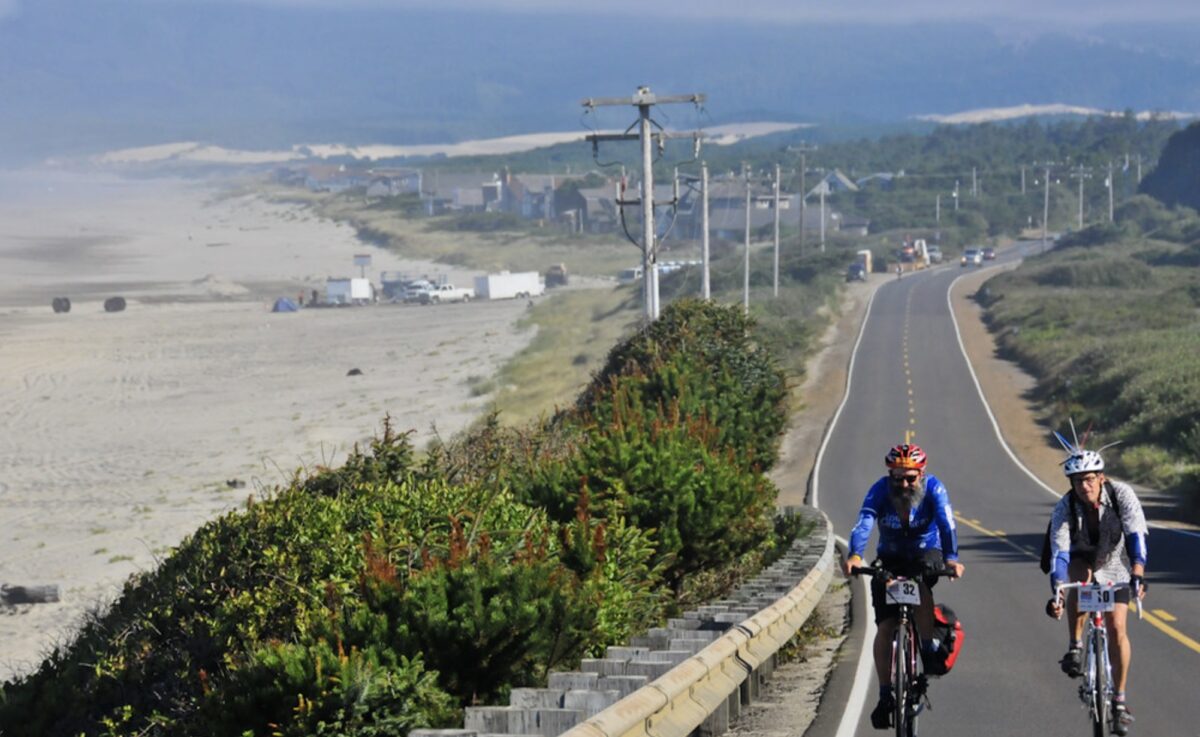
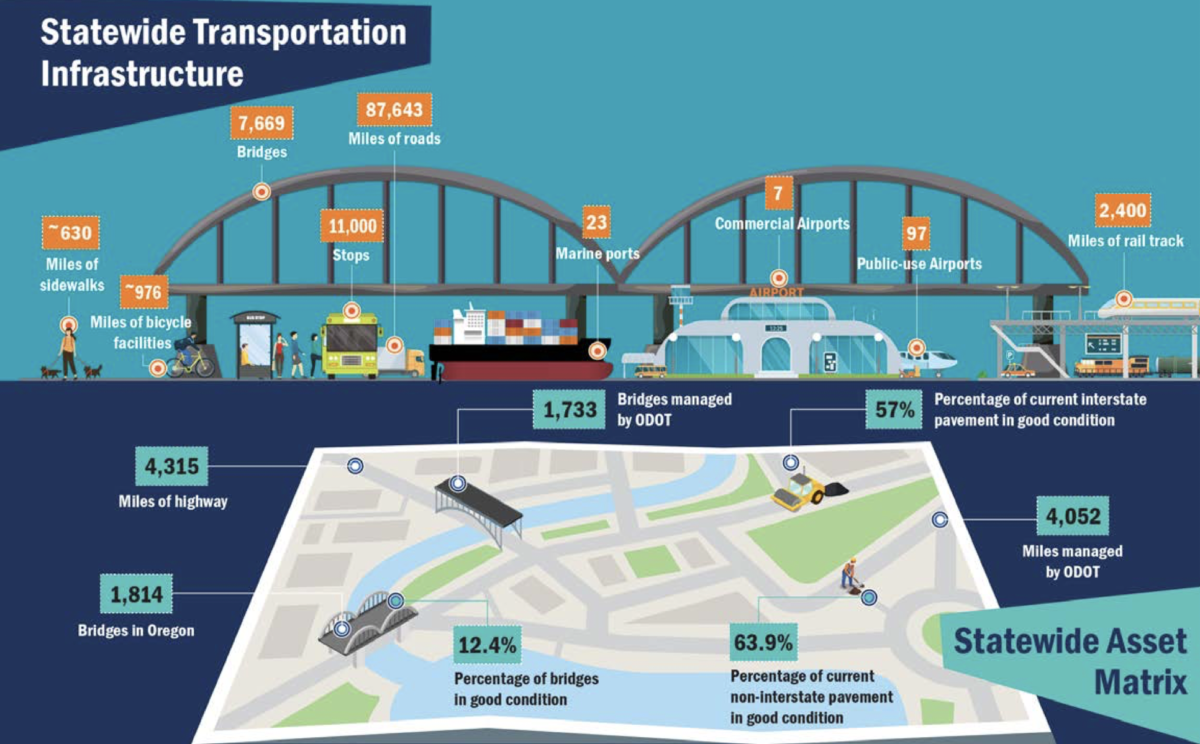
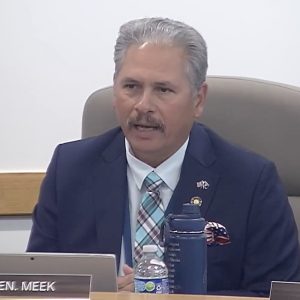
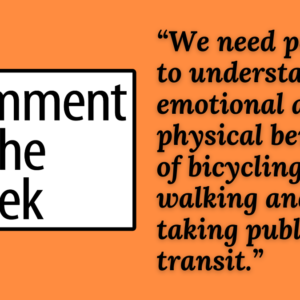
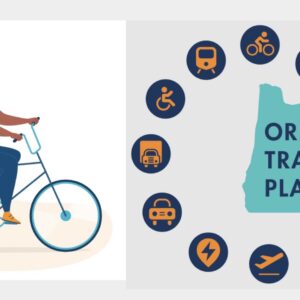
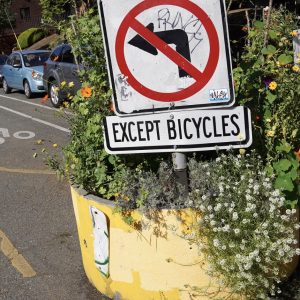
Thanks for reading.
BikePortland has served this community with independent community journalism since 2005. We rely on subscriptions from readers like you to survive. Your financial support is vital in keeping this valuable resource alive and well.
Please subscribe today to strengthen and expand our work.
Thanks for the review and big picture update on the OTP.
It seems to me that if your “wants” are FOUR TIMES your ability to pay, it means your “wants” are far, far too big.
The list of projects and “wants needs to be prioritized, and pared down significantly.
Additionally, there needs to be a separate effort on how to get much, much more out of the existing funds.
ODOT has an absolutely horrible track record of managing the people’s money. The agency needs a complete house cleaning, and the new governor is in the perfect position to deliver a huge overhaul of the agency. Sadly, that is unlikely to happen.
Turns out that a century of building one more lane is actually really expensive and a financially unsustainable way of creating a transportation network. Who knew? [end sarcasm]
Actually several projects have “built their way out of congestion”http://www.debunkingportland.com/roads/BuildWayOut.htm
As I like to say: “you mean if we doubled road capacity, people would start driving to work twice each day”?
And, if you can’t build you way out of congestion, then why build rail?
The fact that ODOT is pulling out all the stops to spend ONE BILLION DOLLARS to widen I-5 thru the Rose Quarter, just to save truckers and WA commuters ten minutes shows how out of whack their priorities truly are. Same for the Columbia River bridge replacement / I-5 widening megaproject. Of course there’s no funding for anything else when all of ODOT’s eggs are in these mega-baskets.
When political push comes to shove, does anyone actually follow these plans? I kinda doubt it.
The ODOT OTP needs to start setting aside funding for a more compressive water (brake and tire residue runoff into waterways) and air quality (pollution and noise) monitoring effort so that action can be data driven vs emotional.
Sample efforts:
https://www.apur.org/en/our-works/improving-air-quality-linked-reducing-road-traffic-contribution-situation-paris
ODOT’s budget woes shine a light on the financial unsustainability of car-dependent infrastructure and North American land use generally. We’ve built so much sprawl that we can’t pay to fix the roads and bridges we already have, let alone build new ones (or invest in mass transit). This is why I say our choice is to densify or die.
https://www.strongtowns.org/journal/2015/1/20/the-negative-consequences-of-car-dependency
Urbanist agitprop is often exaggerated but this sensationalism should win a prize at the next YIMBYtown.
Bravo!